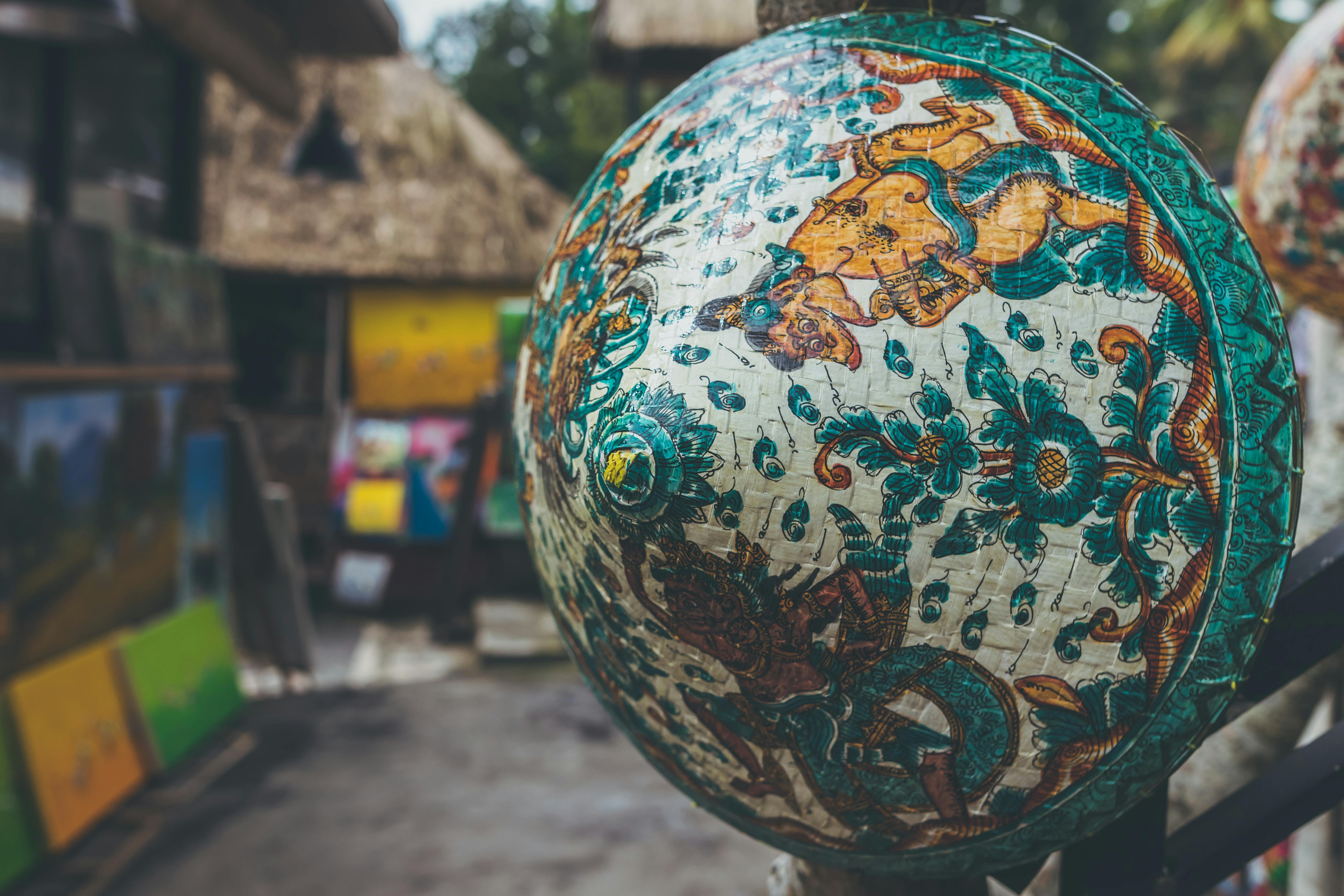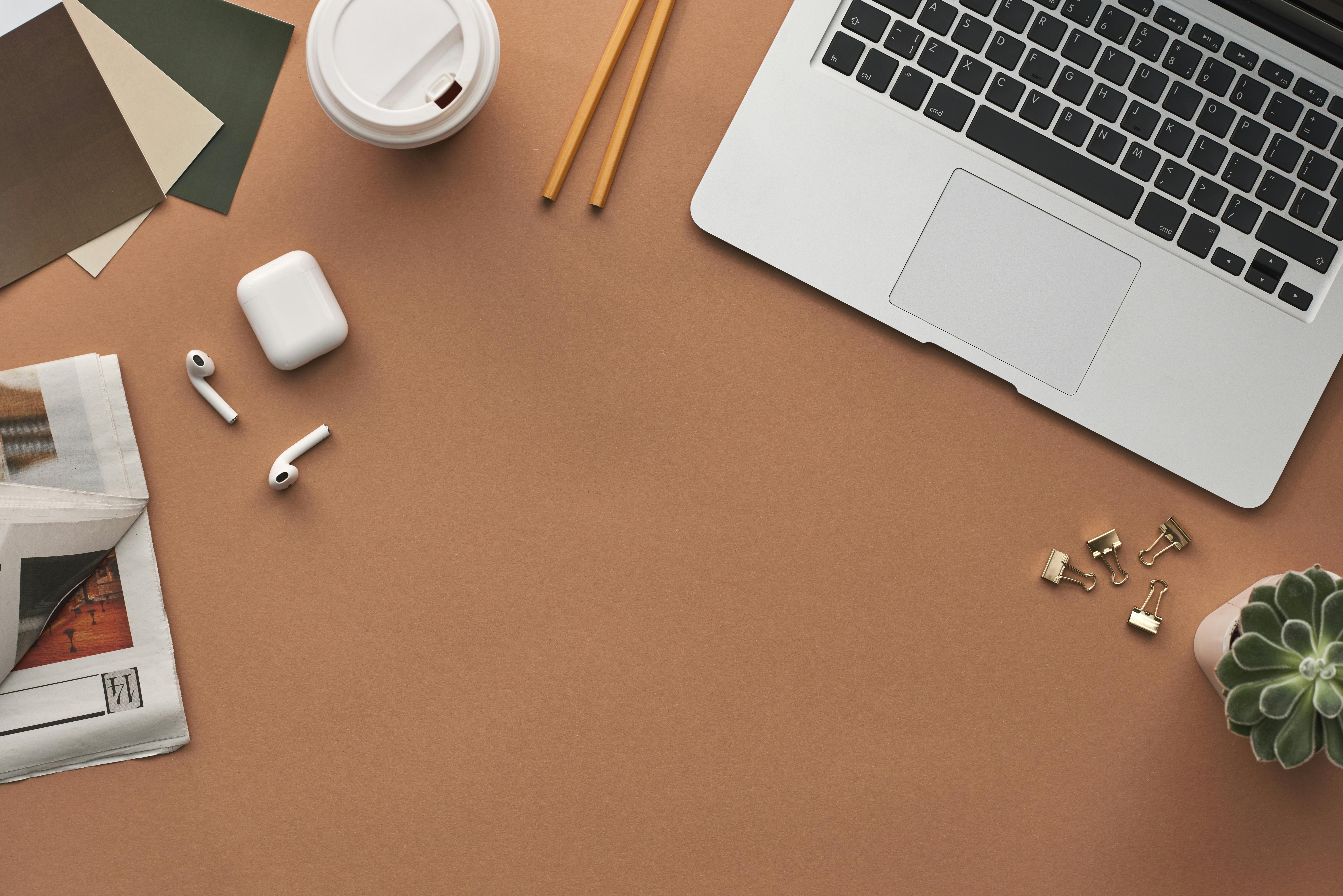Music production involves creating the music from scratch and sound engineering involves mixing the different instruments to make it sound right.
I will reveal both aspects when it comes to DJing, but even more so on the production side.
For most established DJs, that is, those who have been DJing for a while, whether in their bedroom or at the club, music production is the next logical step. Because DJs play so many different types of music, they come across a lot of beats and sounds. This inspires some DJs to try out those beats and sounds and create their own songs.
This is the beginning of the music production stage. There are 3 stages in music production: pre-production, music production, and post-production.
Stage 1 Pre-production
The musical production stage is the elaboration of the new song. I call this the pre-production stage because you’re just experimenting with the music. This is where music from record or mp3 is sampled using a sampler or drum machine such as an Akai MPC. But before you can test and produce music, you need to make sure your equipment is properly connected:
In order to sample sounds on my Akai drum machine, I have my Technics turntable connected to the phono input of my stereo unit. I then output the phono from my stereo unit to the input of my MPC 3000. My MPC connects to my Akai DPS 24. The DSP 24 then connects to the CD input of the stereo unit so I can hear what I produce.
To sample, I need to make sure to select the phono option on my stereo unit. After testing the sounds, I have to switch to the CD option on my stereo unit in order to hear the drum machine playing. Once you have completed your music arrangement and saved all your work and are happy with it, you can move on to the second part of the pre-production phase.
During this phase is when you bring in artists to perform on your track. This is where you start to rearrange the track or music you created with the artists. This collaboration period allows you and the artists to make minor adjustments to the music and lyrics. You can also add or remove parts of the track, such as adding additional drums or strings. Artists will practice their song using your track. Once this is very tight, it is moved to the studio to place the music and vocals on separate recording tracks. The reason you want to practice before you get to the studio is because time in the studio is very expensive and you don’t want to waste time practicing. That’s where you should focus all your time making sure music and vocals are recorded cleanly with no pops or clicks.
Stage 2 Musical Production
When you get to the studio, this is where the sound engineer comes into play. This person is responsible for making sure the music sounds great. These people have years of experience. Some DJ/producers also like to design their own music because they know how they want their music to sound. If this is the case, the sound engineer simply helps the DJ mix the music and use the studio equipment.
The mixing part of the music production phase is done in the studio, where all the music and vocal tracks are combined to give you what you hear on your CD.
Each musical instrument and vocal track is mixed and adjusted using what is called a mixer like my Akai DPS24 only bigger or a software based mixing console like Pro Tools.
Stage 3 Post-production
Once the mixing is done, the post-production process begins. The final mix is taken to what is called a mastering studio where specialized equipment is used to get the best possible sound. When this process is complete, the final results of the song are pressed onto CD or vinyl and sold to the customer.



